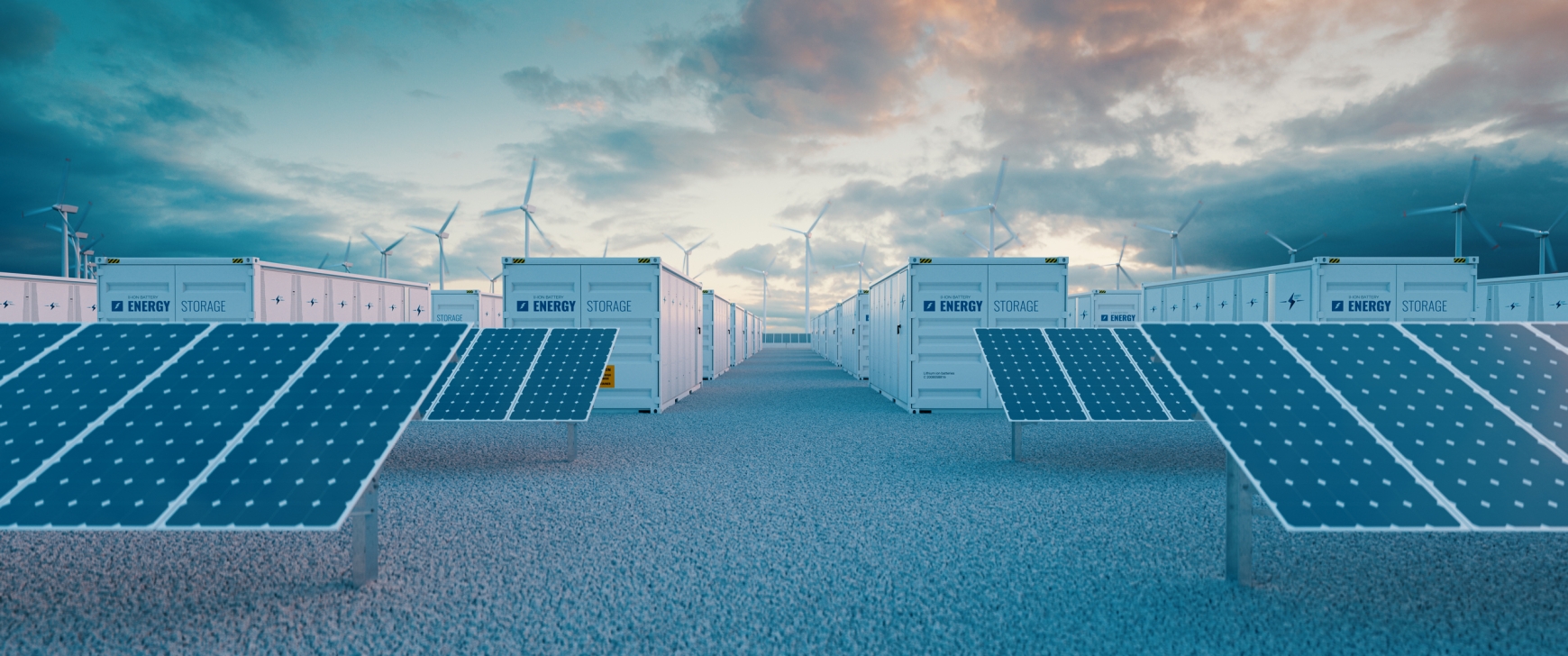With energy prices at an all time high, battery energy storage is becoming increasingly attractive. There are clever ways to store energy to sell when the price is right, or to use it yourself at heavier energy demand times to offset reliance on the grid. Battery systems are expensive and need to be operated with care to maximise their lifetime and payback; but with increasing viability and availability - the case for battery storage in certain cases is clear to see already.
Does battery storage make sense now?
Electricity has been trading around 20 p/kWh commodity cost on the long-term markets. When we include non-commodity costs too, day rates for buying electricity can easily exceed 30 p/kWh.
For comparison, the Smart Export Guarantee currently awards around 7p/kWh for electricity export and we have seen recent export PPA prices of over 15p/kWh.
This margin in price is where energy storage comes into play. By storing electricity, you can use the energy yourself onsite saving on import costs. To boost the value even more you can consider ‘grid balancing’ services.
“There are several grid balancing services available to electricity exporters, where additional income can be gained from exporting when the grid is in greatest need, or cutting export/importing when the grid has excess power”
Technical considerations
There are two main things to consider when choosing a battery system – charge/discharge rate; and capacity
- The charge/discharge rate is how quickly the battery will charge in kW and is usually dictated by either the site generation or site demand.
- The capacity is how much charge a battery can store in kWh and is usually sized so that it can cover the periods of demand between site generation.
The lifetime of batteries is closely linked to the number of charge-discharge cycles that it undergoes; so, when designing a battery-based system, consideration is taken to minimise how often the battery is fully charged and fully discharged.
Economies of scale are also very important with batteries, it’s typical for a 5 MWh system to have around 25% lower £/kWh cost compared to systems with capacity less than 1 MWh. Higher capacity systems also allow for a softer charge-discharge cycling regime, which as mentioned, extends the system lifetime.
Availability
The increasing popularity of electric vehicles (EVs) has provided a stream of used batteries. EV batteries are typically retired once they have degraded to 80% of their original capacity, which leaves a reasonable amount of capacity remaining for energy storage. As well, it is expected that as EVs become more popular in the coming years, these batteries will become more abundant, pushing the replacement costs down.
The advantage of second-hand systems is that replacement batteries are cheaper than new systems, which means that they can be cycled harder to meet electricity demands. The drawback is that the batteries are locked to a specific ratio of capacity to power, so it may not match the specific site demands. Additionally, the lifetime of the system is much less than a new system.
Find out more
If you are interested in finding out more about how NFU Energy can help you check the viability of using batteries to store electricity on your farmland, business site or at home, please contact us on [email protected] or 024 7669 6512.


